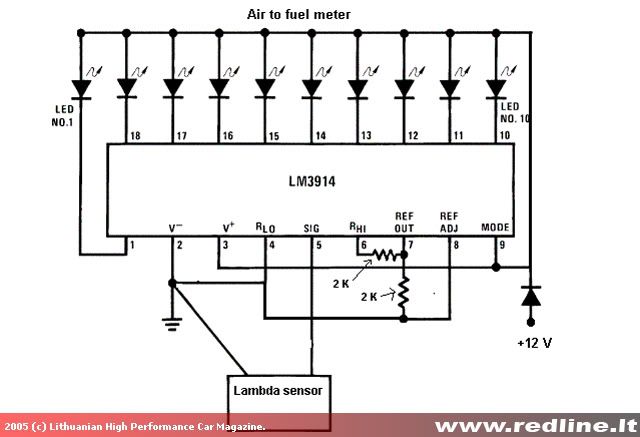It doesn't matter...
IF you are using the ECU, AFM and O2 sensor. If you tweak the AFM flap tension, you're just moving the linear fuel "map" a little bit, and the ECU will adjust it with the O2 sensor input.
You're wondering what the effective adjustment ability of the ECU is, a good question. But if you're using the O2 sensor it doesn't matter, either you're using the O2 sensor to adjust the mixture (and it will automatically adjust it to stoichiometric or Lambda), or not. If you unplug the sensor, then you can tweak with actual effect. The only drawback is the linear output of the AFM, a richer mix at low RPM will also be richer at high rpm or vice-versa.
I haven't been able to find a specific number that describes the range that the system covers. Up to 2% CO% is mentioned as an example in once source I have, but not given as a range within which the system can correct. Using the O2 you want an open-loop setting of about .5% CO or about 500mV as measured on a VOM, so the effective range is relatively small.
For max power, the real problem is the limited injector pulse time, at WOT the injectors are basically open full time. Also, the AFM is basically wide open above 4K rpm, and above that the mixture is affected by injector pulse.
Keep in mind the system is designed to balance emissions and power, and to protect the catalytic converter. Modifications for power will affect emissions and the difference between the system's balance of power and emissions and max power is minimal. If you want to run without the O2 sensor and go for max power, remember that your CAT may fail, further increasing emissions.








